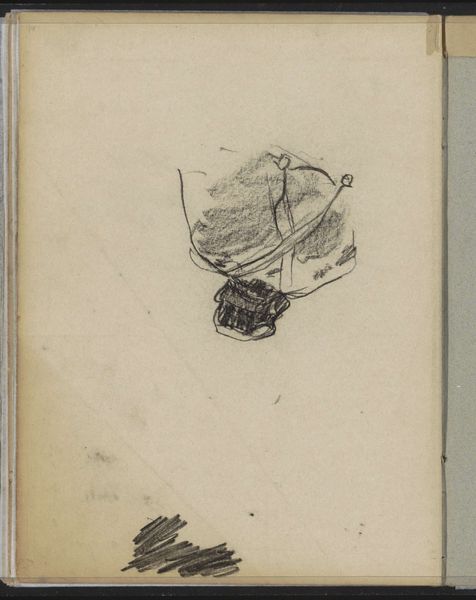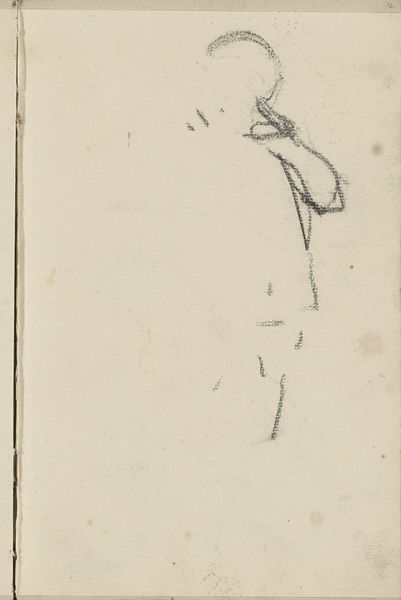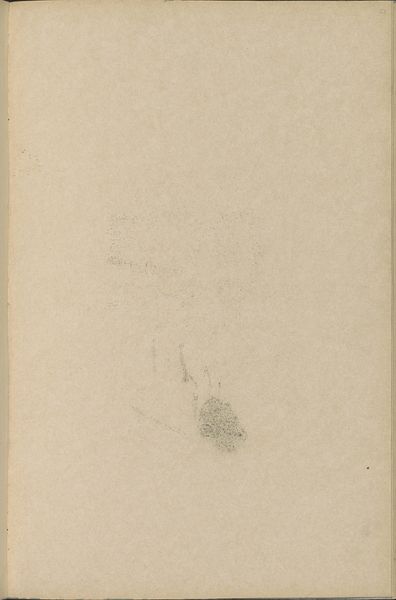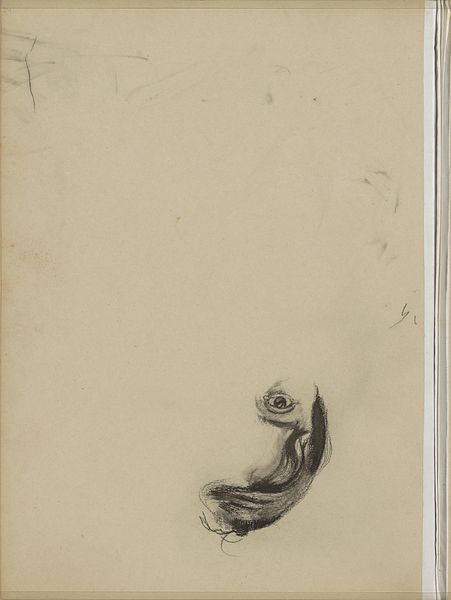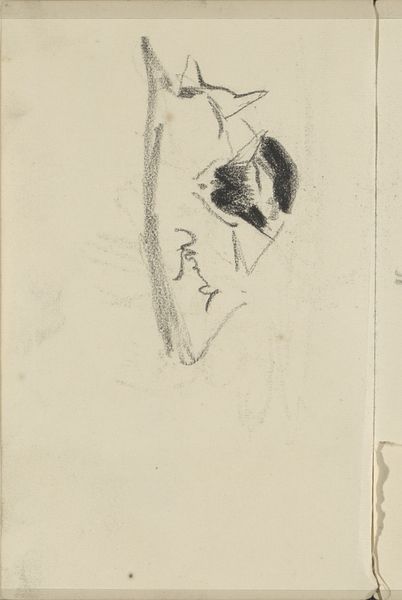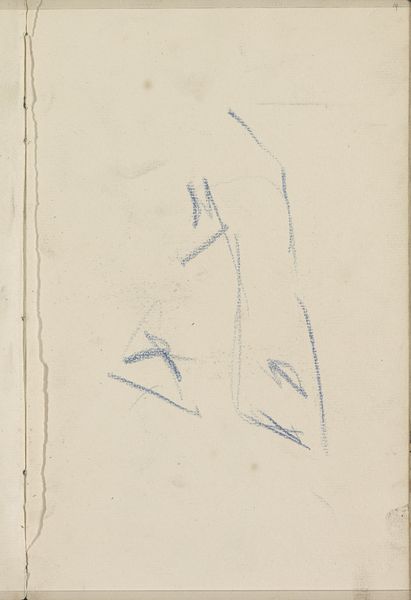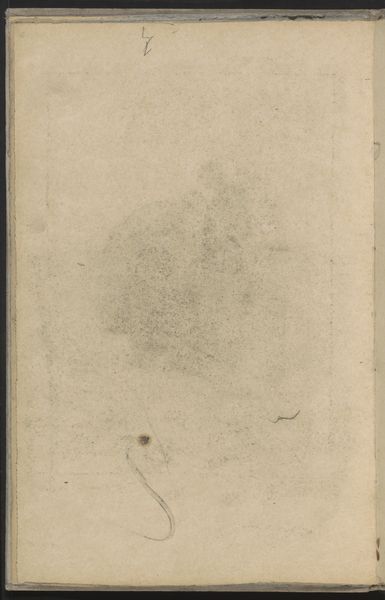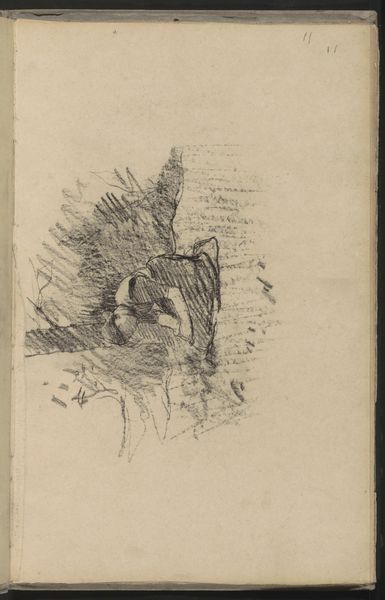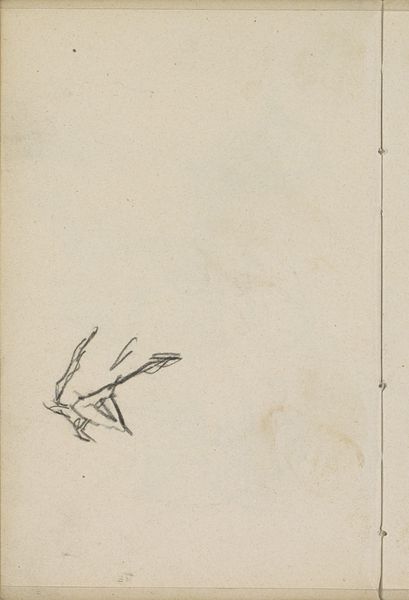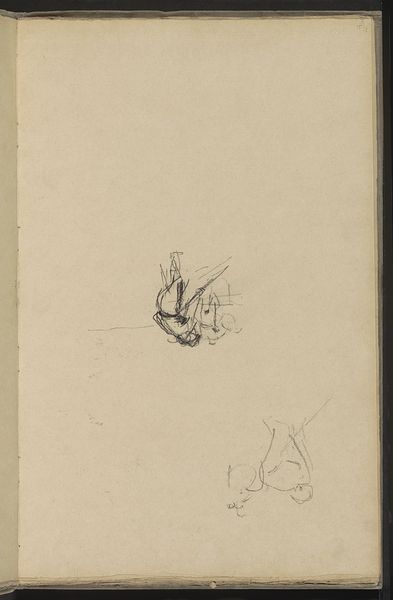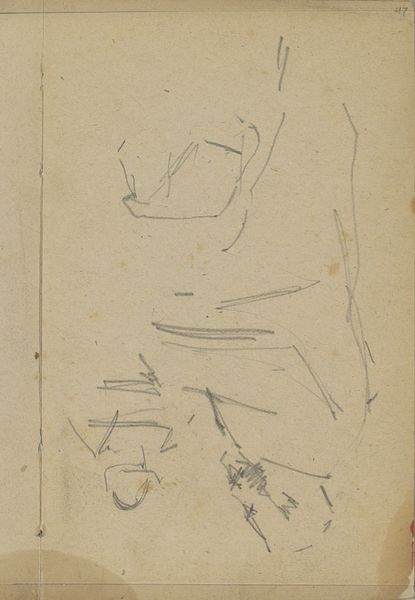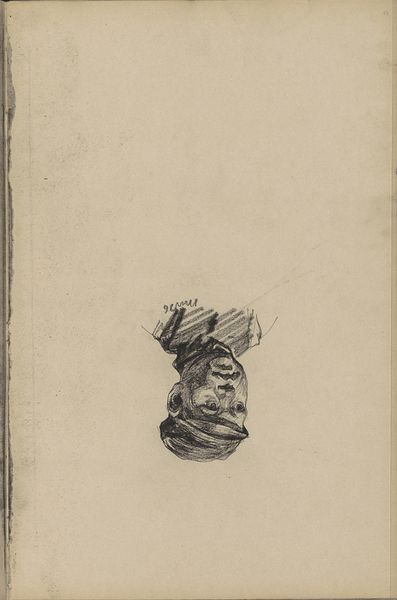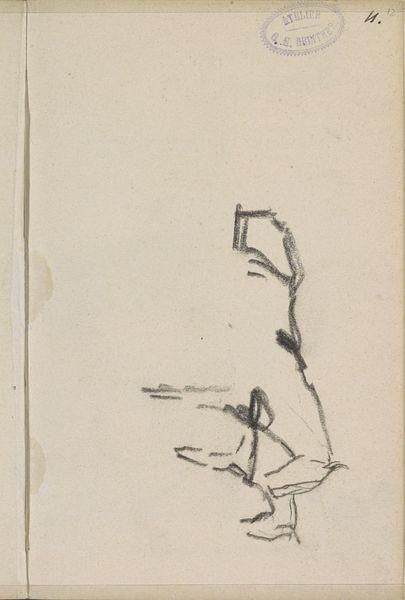
drawing, paper, graphite
portrait
drawing
figuration
paper
graphite
Copyright: Rijks Museum: Open Domain
Curator: Willem Witsen created this piece, “Man met hoofddeksel,” around 1884 to 1887. It's a graphite drawing on paper, currently held in the Rijksmuseum. Editor: My immediate reaction is one of sparse isolation. The figure seems almost adrift on this blank field. What do you make of that minimal rendering? Curator: I find the focus on graphite as a readily available and affordable material quite significant. It speaks to Witsen's practical approach and perhaps the broader artistic climate where accessibility and process were becoming important considerations. Think of the labor involved in charcoal production versus simply using graphite pencils. Editor: I'm intrigued by the way he uses just a few lines to suggest form and weight, particularly with that hat, or head covering. It is so heavily shaded and yet also vague; what purpose does that contrast serve in the context of the figure and composition? Curator: Perhaps it represents a kind of social or psychological burden, a weightiness the figure carries. Or perhaps it’s just the fashion of the time interpreted through Witsen's unique lens; we know from his wider oeuvre that he liked representing modern city life. Consider too, what wearing a hat at that time might have signified to this man—an emblem of status, trade, even defiance of societal norms. Editor: It almost feels unfinished, yet that ambiguity becomes its strength. It’s the barest indication of a human figure, yet that reduction allows me as a viewer to fill in my own narrative. Curator: And it encourages reflection on the context: the industrial advancements allowing the creation and distribution of affordable paper and graphite, allowing artists from diverse social spheres like Witsen's the means for making such work. Editor: Indeed, understanding its material origins illuminates the cultural values attached to art and craft at that period. Ultimately, by paying close attention to form and surface, it unlocks new avenues for interpreting it, which leads to deeper historical appreciation. Curator: Agreed. Reflecting on the socio-economic factors in conjunction with formal qualities allows for a richer exploration of Witsen’s portrait. It emphasizes the dialogue between maker, material and viewer.
Comments
No comments
Be the first to comment and join the conversation on the ultimate creative platform.

